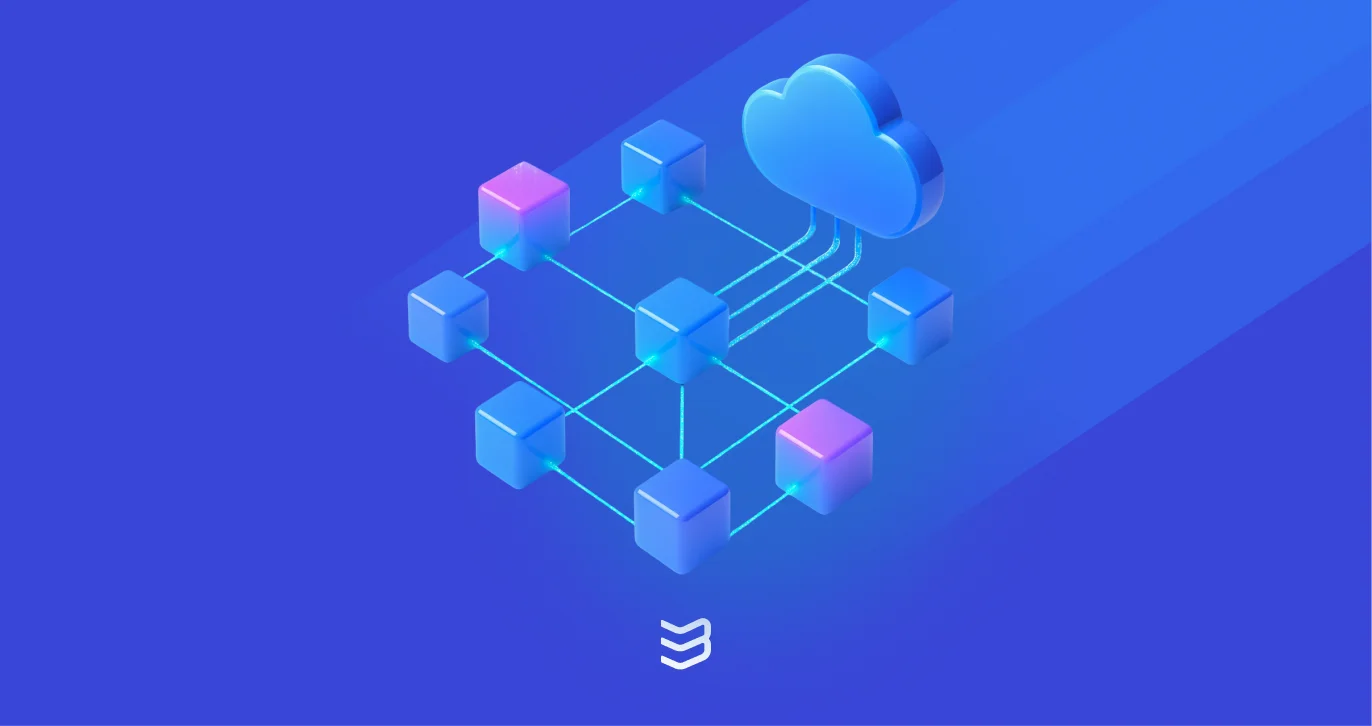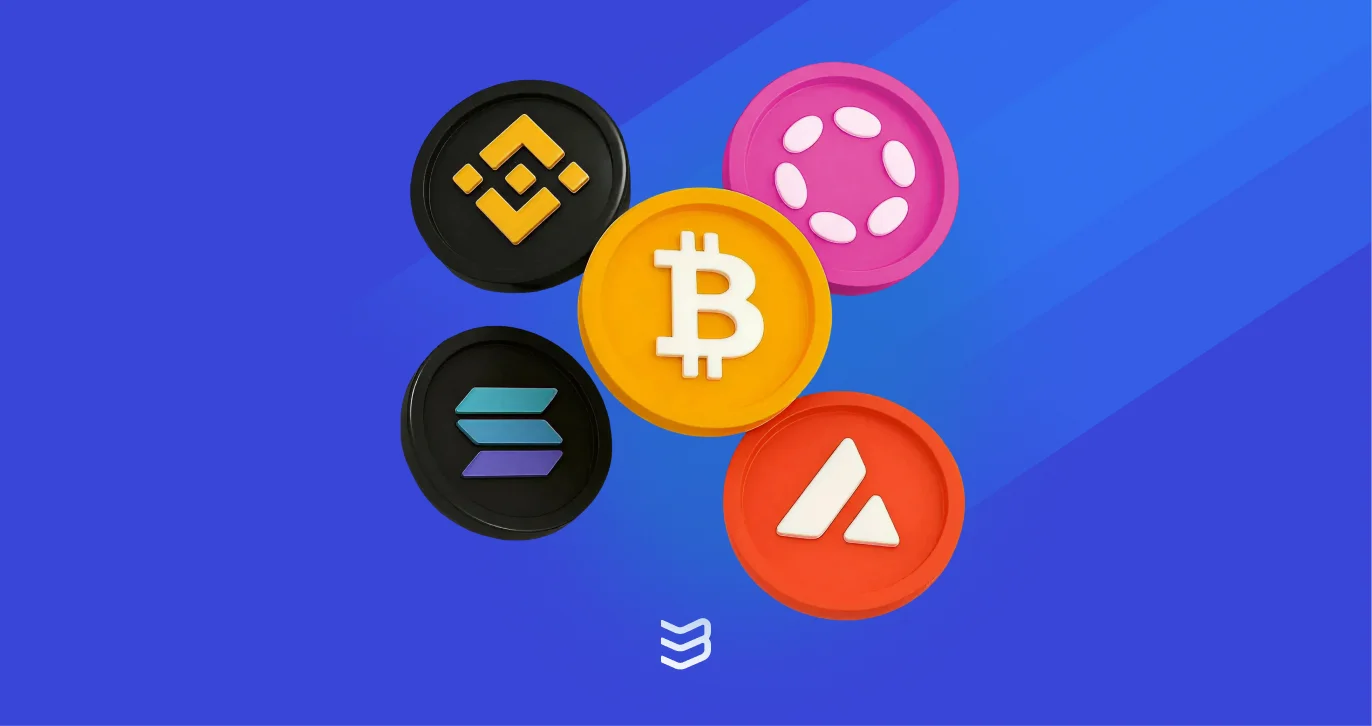tl;dr
- Aggregators collect and organize content or data from multiple sources into one accessible platform, like Google News does for articles.
- DEX aggregators find the best token swap prices by pulling liquidity from multiple DEXs and splitting trades to reduce slippage.
- Yield aggregators automatically move funds between DeFi protocols to earn the highest APY, compounding rewards to boost returns.
- Data & portfolio aggregators consolidate wallet and on-chain data to display a user’s full crypto portfolio across networks.
A Brief Introduction to Aggregators
An aggregator is a platform or service that collects and organizes content from multiple sources into a single, accessible location, often curating or summarizing it for users. It simplifies access to diverse information without creating original content itself.
A good Web2 example is Google News. Google News pulls news articles from various publishers worldwide, organizes them by topic or relevance, and displays headlines, snippets, and links to the original sources. News aggregation allows users to browse a wide range of news in one place.
The 3 Main Types of Crypto Aggregators You Need to Know
There are three main types of crypto aggregators, with DEX aggregators being the best-known. Each type serves a different purpose within the Web3 ecosystem, helping users trade, earn, and manage crypto more efficiently.
DEX (Decentralized Exchange) Aggregators
DEX aggregators find the cheapest and most efficient way to trade one token for another. They pull liquidity from multiple decentralized exchanges like Uniswap, SushiSwap, and Curve, using smart order routing to split trades across platforms and minimize slippage.
For example, instead of swapping $10,000 of ETH on a single DEX, an aggregator might divide the trade across several to get a better average price. They often include features like MEV protection and cross-chain swaps.
Popular examples include 1inch, Matcha, and Paraswap.
Yield Aggregators
Yield aggregators act like automated financial advisors for DeFi users. By depositing tokens into smart contract “vaults,” users let the aggregator automatically move funds between lending protocols and farms to earn the best APY. These systems also auto-compound rewards to maximize returns while saving gas fees.
Leading platforms include Yearn Finance, Beefy Finance, and Autofarm.
Data & Portfolio Aggregators
These aggregators help users monitor their entire portfolio across multiple chains and wallets. By consolidating data from blockchains like Ethereum, Solana, and Polygon, they provide a real-time overview of tokens, NFTs, and DeFi positions, all in one dashboard.
Examples include Zapper, DeBank, and Zerion.
Why Use a Crypto Aggregator?
Crypto aggregators are essential tools for anyone serious about DeFi. They simplify the chaos of a fragmented ecosystem by connecting users to the best opportunities across multiple platforms and chains.
For traders, DEX aggregators guarantee the best prices and lowest slippage by routing swaps through the most efficient liquidity sources. For investors, yield aggregators maximize returns automatically through smart, auto-compounding strategies that save time and gas fees. And for everyone, data aggregators offer a complete, real-time picture of portfolio performance, assets, and DeFi positions across wallets.
As the crypto landscape expands and grows more complex, aggregators are becoming essential for navigating DeFi efficiently, profitably, and with confidence.






